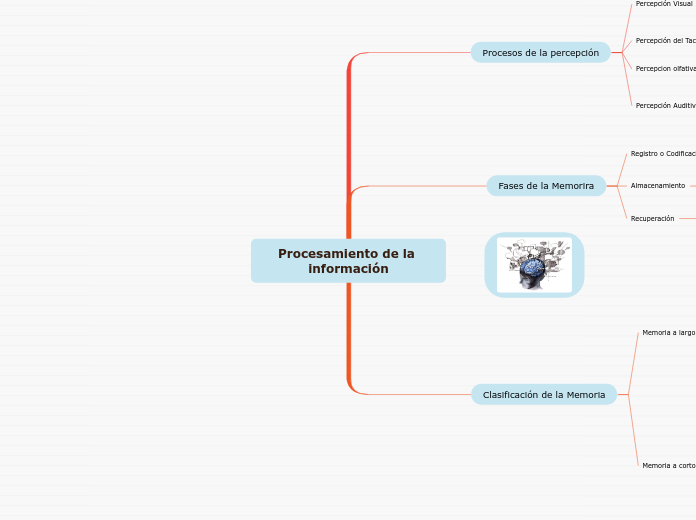jonka Angelica Peralta 4 vuotta sitten
348
Procesamiento de la información

jonka Angelica Peralta 4 vuotta sitten
348

Lisää tämän kaltaisia

To name your story, you have to think about the overall message and what you want your audience to understand from the story. Also, make it relevant and easy to remember.
The ending of a story is essential. We all know that if the ending is weak, what happened before loses its importance. So make it unpredictable, but fair. A resolved ending answers all the questions and ties up any loose threads from the plot.
This is the closure section of the story.
See examples of possible outcomes below:
Try answering these questions to come up with a closure:
- Have all the problems been solved?
- Is there a clear picture of what happens with each character in the story?
- Has the challenge transformed your main character?
- How do the characters feel in the end?
Mantenimiento en la MCP
Mediante el reposo mecánico o reposo de mantenimiento, retenemos en la MCP por un minuto o dos repitiéndolas una y otra vez.
Codificación de la MCP
La información puede codificarse para su almacenamiento en la MCP de manera fonológica (de acuerdo a el sonido). en forma visual o en términos de significado.
Capacidad de la Memoria a Corto plazo
Los investigadores han encontrado que solo se retiene la información que pueda repetirse o repararse entre 1.5 y 2 segundos, lo cual equivale por lo general a 5 y 10 piezas separadas de información.
This is the moment when the main character surpasses the last obstacle and finally faces their greatest challenge.
The climax usually follows one of these patterns:
Type in your answer.
Tipos de Memoria a largo plazo
La memoria Explicita
Se refiere a recuerdos de los que tenemos conciencia incluye episódica y semántica.
La memoria Emocional
Responde a emociones aprendidas y varios estímulos
La memoria Procedimental
Esta constituida por habilidades motoras y habitos.
La memoria Semantica
Se refiere a los hechos y conceptos que no están ligados a un momento en particular.
La memoria Esporádica
Almacena recuerdos de acontecimientos experimentados en un momento y lugar especifico.
La memoria implícita
Se refiere a los recuerdos de informacion que no fue intencionalmente confiada a MLP. incluye la memoria procedimental y emocional.
The middle of the story is where you add layers of complications that will lead to the end. Reveal more about the character's journey. Did their personality go through changes? How did they overcome the challenges? And as you build up the story’s central conflict, make it more personal to that character. Also, from the middle act, you have to lead into the final act.
There wouldn't be any tension and excitement in your story if there weren't any obstacles in your character's way.
A story is nothing more than a character overcoming a series of difficulties to reach the desired goal. Obstacles usually create suspense and conflict. In overcoming obstacles, there is growth: weak becomes strong; hatred turns into love; sadness into happiness; wrong into right; lies into truth; or evil becomes good.
See a few examples below:
Your character(s) need(s) motivation in order to solve the challenge(s).
Secondary characters might also have motives that lead them to cross paths with the main character or which might trigger them to help the main character.
In the beginning of the story (or the exposition), you will need to introduce the setting and characters. You might also want to introduce the main conflict. This part of the story is important because it gives the reader necessary background information and maybe even a first insight into a character’s personality.
The setting (time & place) of a story can change throughout the plot.
Your story can take place wherever your imagination will take you to.
For example: in an elevator, in an enchanted forest, etc. Don't forget to give details of the environment each time the setting changes, otherwise, the story can be confusing. Also, mention the seasons as each of them has unique weather and events.
Each story has a main character and that character usually needs to solve a problem or challenge. The character's challenge is the one that creates tension throughout the story.
In most stories, there are 3 challenges. The number 3 is a mystical number symbolizing completeness. Try to come up with interesting challenges with which your character needs to struggle.
See a few examples below:
Characters are essential to a good story. Usually, the protagonist(s) is/are the most affected by the plot. Introduce a character by focusing on their actions, interests, and occupation, as the physical appearance doesn't make a difference in most cases.
Type in the name of your character.